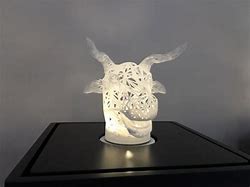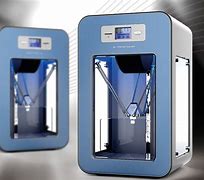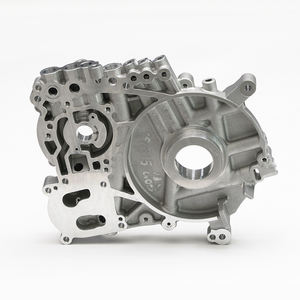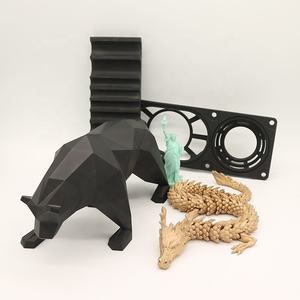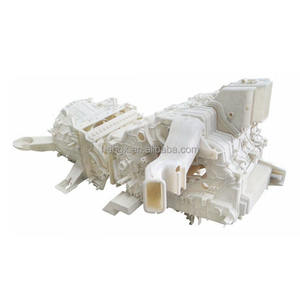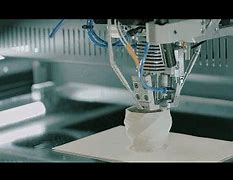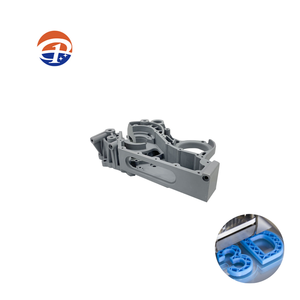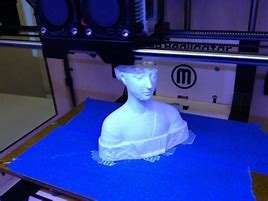Discover a professional 3D printing powder supplier
Metal Magic: Which 3D Printers Can Create Solid Metal Objects?
(what kind of.3d printers print metal)
Imagine a machine that turns powdered metal into complex tools, jewelry, or even rocket parts. Sounds like science fiction? It’s not. Metal 3D printing is here, and it’s changing how we make things. But how does it work? What kinds of printers actually handle metal? Let’s break it down.
First off, not all 3D printers are the same. The ones that print plastic trinkets or toys are cool, but metal printers are a whole different beast. These machines use lasers, electron beams, or even glue to fuse metal particles into solid shapes. The result? Durable, precise objects that can handle extreme heat, pressure, or mechanical stress.
One popular method is called Direct Metal Laser Sintering, or DMLS. Here’s how it works: A thin layer of metal powder is spread across a build platform. A high-powered laser then zaps the powder, melting it exactly where the design says to. Layer by layer, the object takes shape. DMLS printers are common in aerospace and medical industries. Why? They create parts with intricate designs that traditional manufacturing can’t match. Think turbine blades with internal cooling channels or custom hip implants.
Another big player is Electron Beam Melting, or EBM. Instead of a laser, this method uses—you guessed it—an electron beam. The beam melts metal powder in a vacuum chamber, which reduces impurities. EBM is faster for certain metals like titanium, making it a favorite for producing strong, lightweight components. If you’ve ever flown on a modern plane, parts of its engine might’ve come from an EBM printer.
Then there’s Binder Jetting. This one’s a bit different. Instead of melting metal, the printer sprays a liquid binder onto layers of powder, gluing the particles together. The finished piece is then heated in a furnace to burn off the binder and fuse the metal. Binder jetting is cheaper and faster for large batches. Car manufacturers use it to make prototypes or custom parts without breaking the bank.
But wait—can you just buy a metal 3D printer for your garage? Not really. Most metal printers are huge, expensive, and need skilled operators. They also require safety setups to handle high heat and toxic fumes. Still, smaller companies are finding ways to make metal printing more accessible. For example, Desktop Metal and Markforged sell compact systems that use bound metal filament. These printers work like regular 3D printers but add a furnace step to melt away the binder and leave solid metal.
What metals can these printers use? Almost anything. Stainless steel, titanium, aluminum, and even gold or silver. Each material has pros and cons. Titanium is strong and light but pricey. Steel is affordable and tough. Precious metals are perfect for jewelry or dental work.
So why does this matter? Metal 3D printing cuts waste. Traditional methods often carve parts from blocks of metal, leaving scraps. Printing uses only the material needed. It also enables designs that were once impossible. Hollow structures, hidden channels, or organic shapes inspired by nature—all achievable with a 3D printer.
Industries are already on board. Aerospace companies print fuel nozzles that are lighter and last longer. Doctors create patient-specific implants for better recovery. Even artists use metal printers to craft intricate sculptures. The tech is still evolving, though. Speed, cost, and material choices need improvement. But one thing’s clear: Metal 3D printing isn’t just a niche tool. It’s shaping up to be the future of manufacturing.
(what kind of.3d printers print metal)
From laser beams in industrial labs to desktop machines melting metal filaments, the options keep growing. Whether you’re an engineer, a designer, or just curious, understanding these printers opens a window into how things will be made tomorrow. The next time you see a metal object, ask yourself: Could this have been 3D printed? The answer might surprise you.

